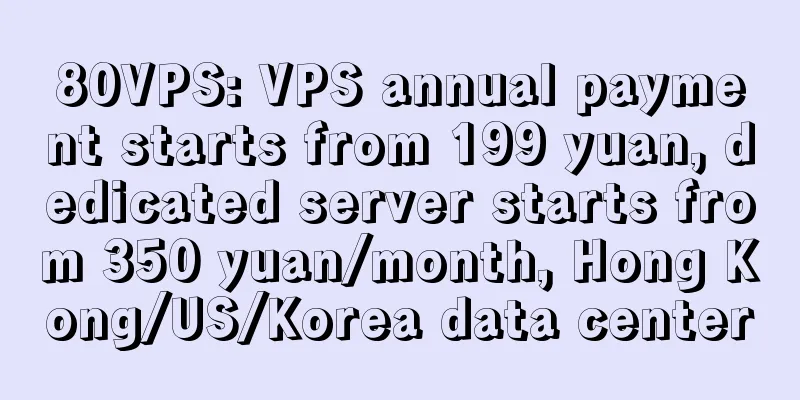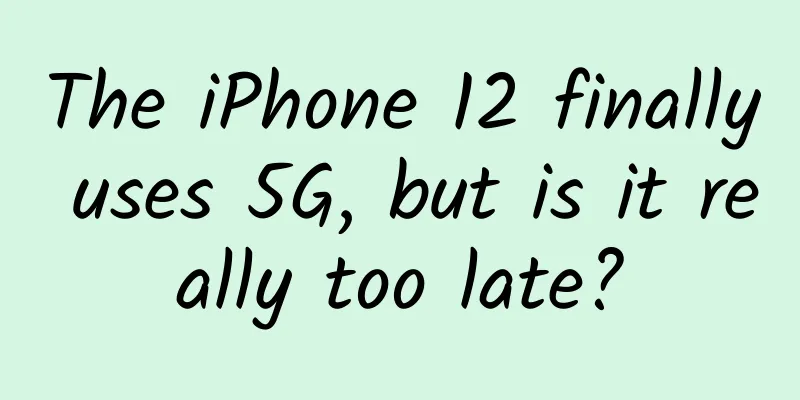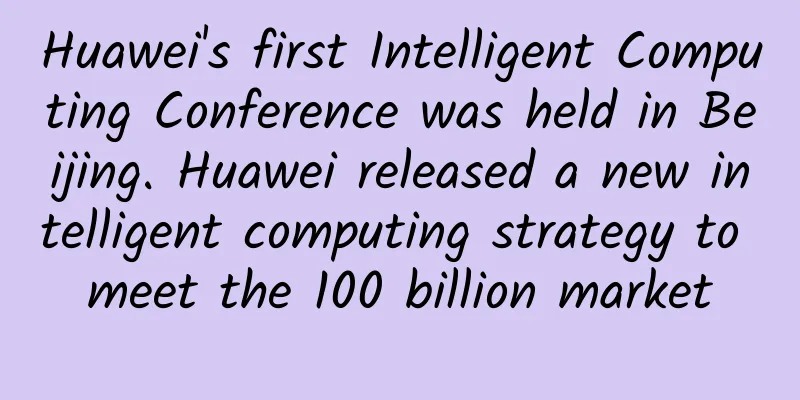WiFi will be replaced in the future, what do you think?

|
WIFI is really going to be replaced! But it's not 5G, it's the new LiFi technology: as long as there is light, there is a signal Recently, there has been a 5G craze in China again. Both mobile phone manufacturers and network operators are ready to go. Although we are still mainly using 4G networks, with the upcoming 5G networks, many netizens are wondering whether WiFi will be replaced by 5G networks in the future. On the surface, 5G network is not only much faster than 4G network, but also much faster than WiFi. It is reported that the download speed in 5G network environment can reach several G per second, far exceeding the current 4G network and WiFi. Indeed, judging from the gorgeous data of 5G network, it is just around the corner to replace WiFi. But in fact, for consumers, although 5G has a great advantage in network speed, the current high traffic usage fees may not make many people interested in 5G network. Everyone will still choose WiFi network as much as possible. However, in addition to 5G networks, last year, a US company called LightPointe announced a blockbuster technology: LiFi (visible light wireless communication) technology, which is also the first time that LiFi (visible light wireless communication) technology has appeared in people's vision. LiFi (visible light wireless communication) is the abbreviation of Light Fidelity, referred to as "light fidelity technology". This is a new wireless transmission technology that uses visible light spectrum (such as light emitted by LED bulbs) to transmit data. The working principle of LiFi is to use the visible light spectrum (such as light emitted by bulbs) for data transmission. The new wireless transmission technology, visible light is the emission source in the entire information transmission system, and the controller is used to control the on and off of the light source, so as to control the information transmission between the terminal receivers. This technology was first created by German physicist Professor Harald Hass. Simply put, "Light Fidelity Technology" uses the already installed equipment (ubiquitous LED lights) and implants chips in LED bulbs to form a device similar to a WiFi hotspot (AP), allowing consumers to join the network anytime and anywhere. According to laboratory data, LiFI's maximum transmission speed reaches 100GB, which is not only nearly 100 times faster than WIFI's transmission rate, but also much faster than 5G networks. The speed is stronger and the signal connection will be better, which is also the most unique advantage of the current LIFi technology core. With the further maturity of the technology, it may replace WiFi in the next few years and become people's new Internet tool. Although LiFI is a new network transmission medium that uses light for transmission, it does not require network cables or routers, which is relatively more convenient and more stable. This new technology can be used wherever there is light. However, LiFI also has a fatal flaw. Since it needs light to transmit, it must be used in places with light, and the brightness of the light will also affect the normal transmission of LiFi, causing signal deterioration and slow transmission rate. It is not as flexible as WiFi technology, which can penetrate walls or other substances. This is also the most fatal flaw of this new WiFi technology. Summary: LiFi has two major advantages over WiFi: strong security and fast speed. However, LiFi technology is not mature enough: it is not suitable for two-way information transmission, has weak anti-interference ability, communication distance, lacks relatively mature chips, and interferes with the environment (blocking light sources), etc. On the whole, LiFi technology is indeed a better data transmission technology than WiFi, but this emerging technology is not particularly perfect at present, which is one of the reasons that limit its full promotion. Although from the current point of view, LiFi technology does have many shortcomings, I believe that in the near future, this superior transmission speed and safe and environmentally friendly performance will completely change our lives, and popularizing or even replacing WiFi may only be a matter of time. |
<<: Detailed explanation of HTTP protocol security-related headers
>>: API Gateway Performance Comparison: Nginx vs. Zuul vs. Spring Cloud Gateway vs. Linkerd
Recommend
The origin and development of Ethernet, you will understand after reading this!
Basics 1. About Ethernet Ethernet was developed b...
China Unicom has opened 478,000 5G base stations
As an important part of my country's "ne...
50% off spinservers: San Jose data center starting at $19/month, dual core, 8G memory, 200G SSD, 10TB monthly traffic
In addition to dedicated servers, spinservers'...
Review of China Unicom in 2020: Being “down-to-earth” in the “hyper-realistic” development of 5G, and moving forward with firm “mixed reform”
As a technology that can rewrite the rules of the...
How to distinguish network cables? Eight steps to teach you how to choose network cables
Many people don't know how to distinguish net...
Interviewer: Do you understand secure data transmission?
Seeing this title, many people will say with cert...
In the new era of medical IoT, Aruba builds the foundation of smart hospital network with three strategies
After making an appointment on the mobile phone A...
A brief analysis of the 5G market breakthrough and development path of China's radio and television industry
[[405869]] As we all know, in the past three or f...
Huawei Enjoy 10S comes with 48MP ultra-wide-angle AI triple camera, empowering photography for 1,000 yuan smartphones
This afternoon, Huawei's new product launch c...
Justg: Japanese native IP hosting is available with annual payment starting from US$49.99
I haven't shared information about Justg for ...
Why the United States wants to delist China's three major operators
According to the Russian Satellite Network, regar...
Aruba SD-WAN and cloud security products are now available on AWS Marketplace (China), building secure edge-to-cloud connections
In the cloud-first era, the relationship between ...
Inter-thread communication in concurrent programming
The goal of thread communication is to enable thr...









